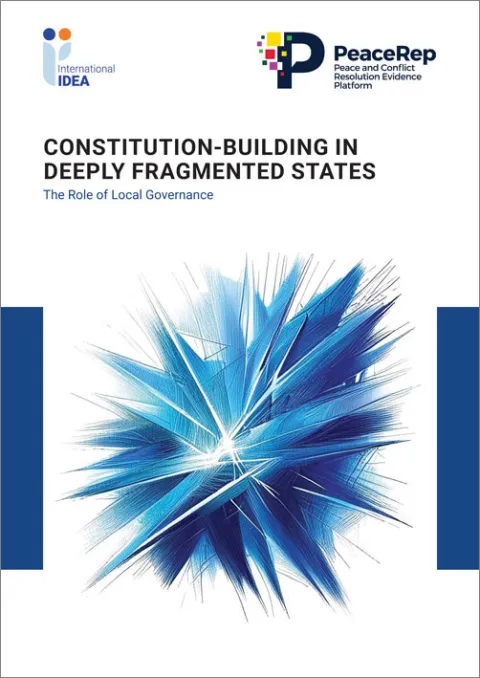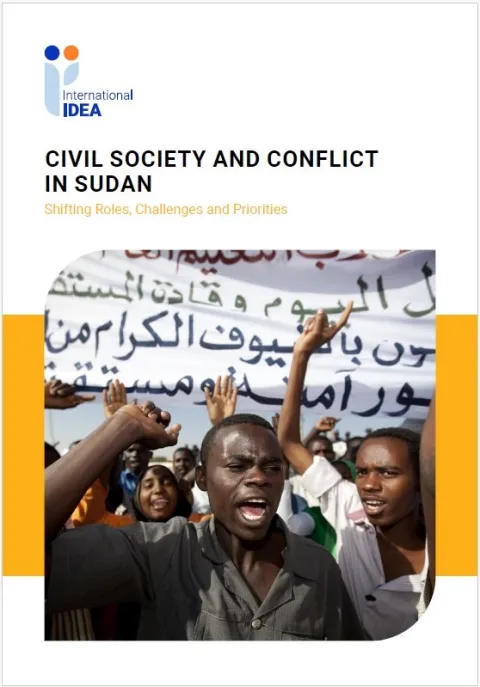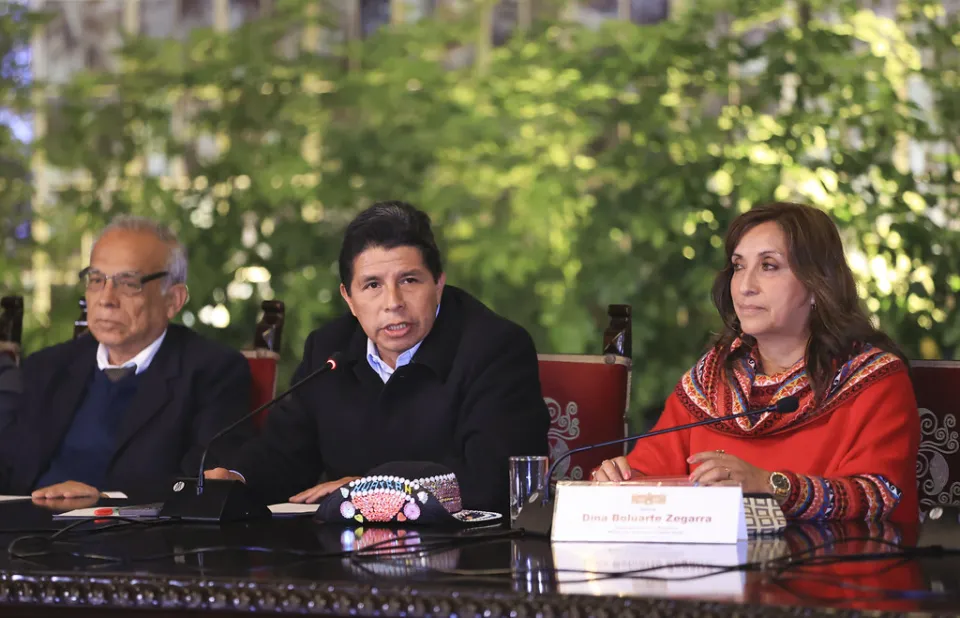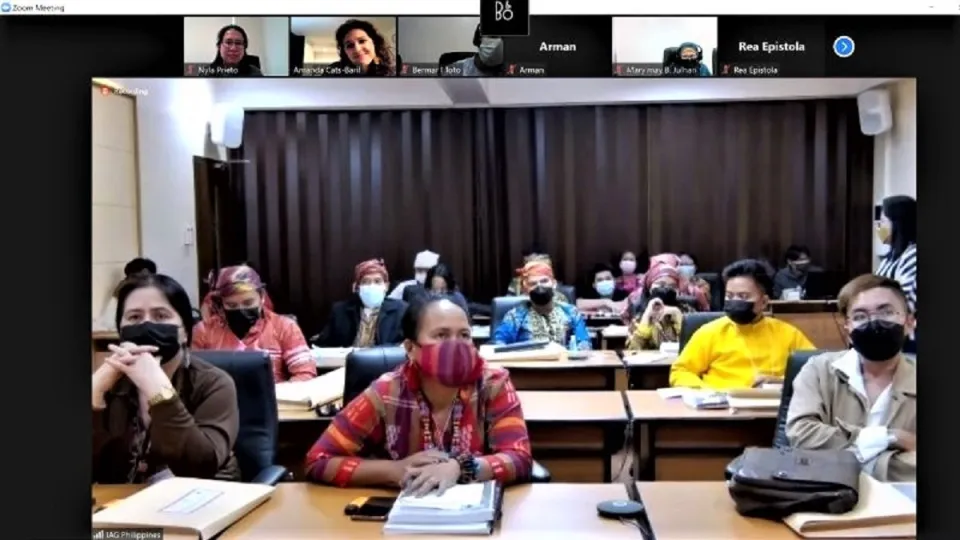Constitutional Transitions and Territorial Cleavages
This working paper provides an overview of factors that shape constitutional transitions and their outcomes in countries where issues regarding diversity of populations in different regions (known as territorial cleavages) are significant.
The territorial dimension is increasingly prominent in many constitutional transitions and it presents distinct challenges. There is no single or best way to address them.
This paper examines a variety of case studies, including federal regimes, ‘consociational’ power sharing within governments, special autonomy arrangements for particular regions and unitary regimes. It starts with an analysis of the factors associated with political mobilization around territorial cleavages, which are fundamental to the political dynamics.
The politics will also shape—and be shaped by—the structure and organization of the constitutional process, which in turn affects the choice of constitutional design. Thus the factors shaping a constitutional transition in a territorially divided country form a complex and highly interdependent system with a good deal of path dependency.
This paper highlights the factors that need to be analysed during transitional processes, as well as the procedural and substantive options that may need to be considered. It is the first output of a collaborative project between International IDEA, the Forum of Federations, the Center for Constitutional Transitions and the Manuel Giménez Abad Foundation.
Details
Contents
Introduction
1. Constitutions and constitutional transitions
2. Territorial cleavages and political mobilization
3. Dealing with territorial cleavages in the constitution-making process
4. Constitutional design and territorial cleavages
Conclusions
References
Give us feedback
Do you have a question or feedback about this publication? Leave us your feedback, and we’ll get back to you
Send feedbackConstitutional Transitions and Territorial Cleavages
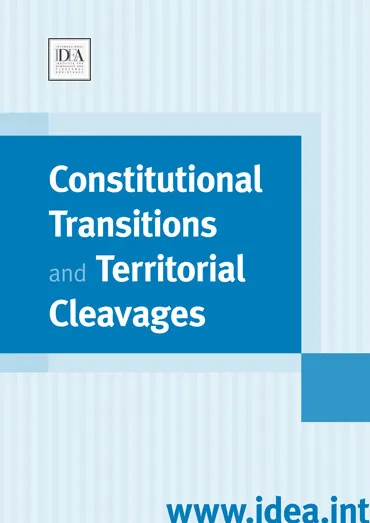
| Total views | 6053 |
|---|---|
| Downloads | 41 |
| Rating |
Give us feedback
Do you have a question or feedback about this publication? Leave us your feedback, and we’ll get back to you
Send feedback
